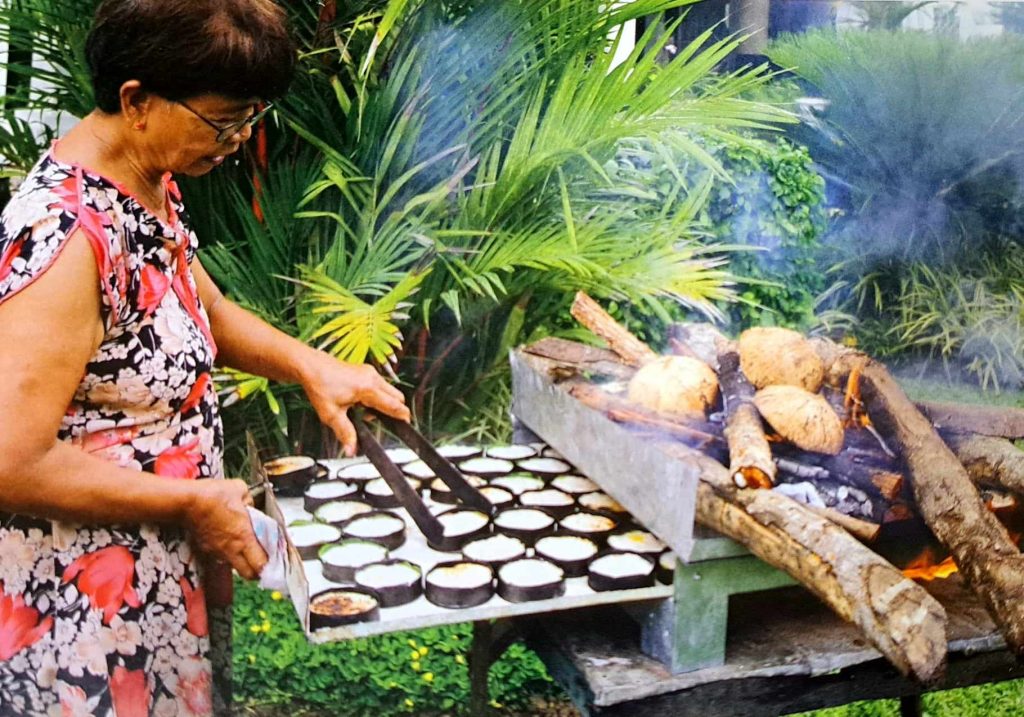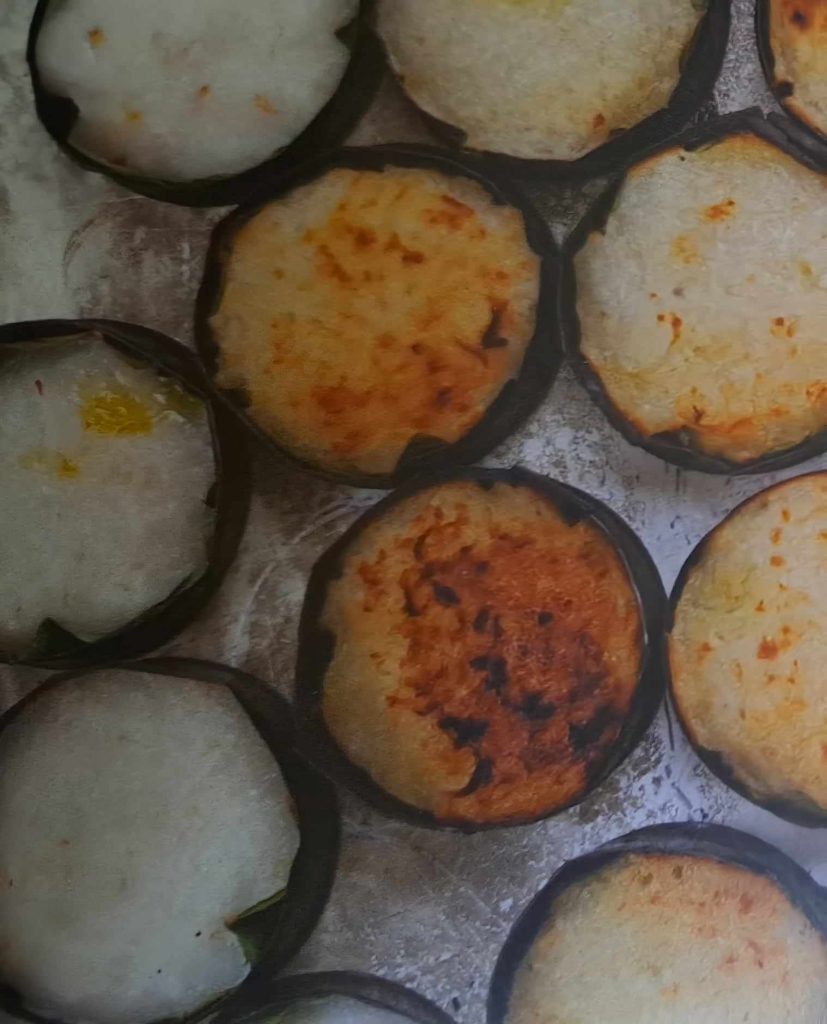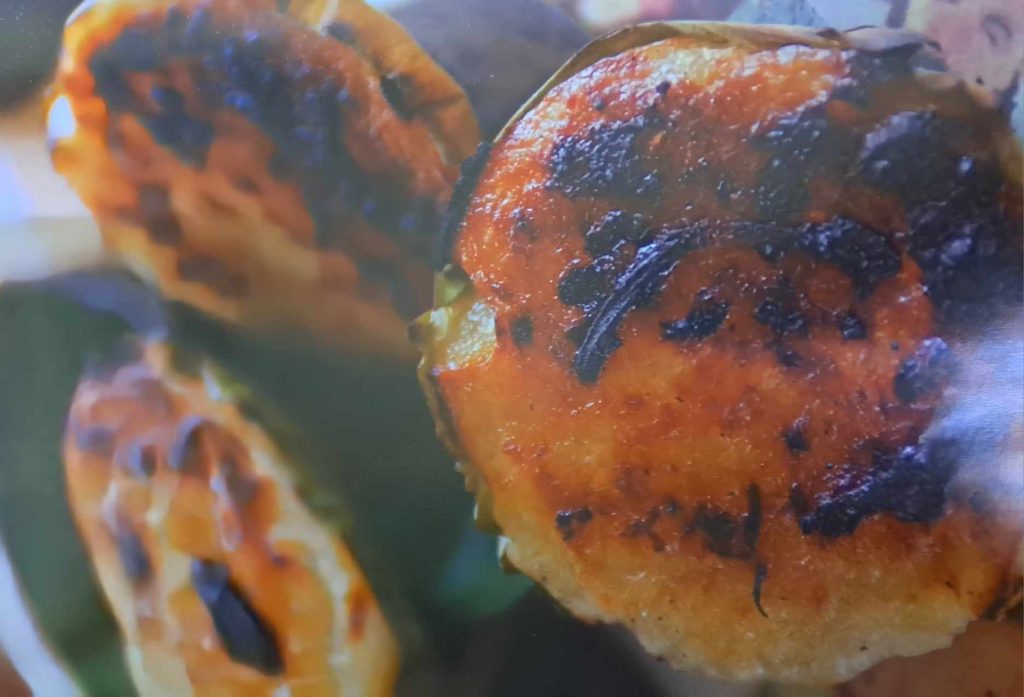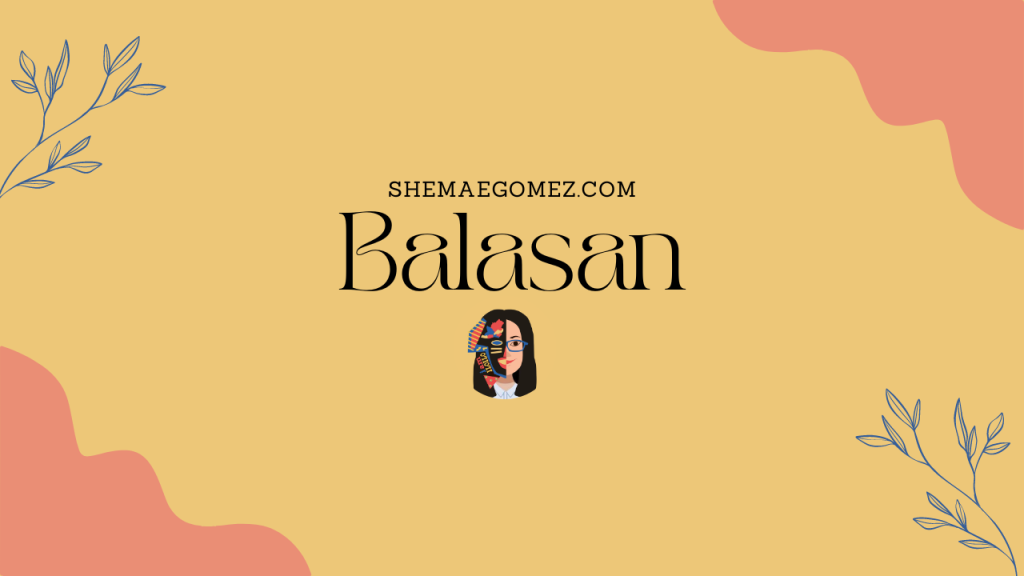Originally, the recipe for bibingka called for tuba as leavening agent, on account of yeast present. Filomena Pepino learned how to make bibingka from her mother- in-law, Crescenciana Atrazo. For 40 years, she has been vending bibingka along the beach at Arévalo. But the origin of bibingka is vague. Some claim it is of Chinese origin, on the basis of the first syllable of its name, which is common among rice-based foods of Chinese origin like bihon, biko and bicho-bicho.



For his part, columnist Eugene Jamerlan believes that it is of Indian origin. The Indians, he reports, call it by the same name, and like the Filipino counterpart, it is baked with coals both below and above. Whatever its origin, it is enjoyed here and now. It is real and relevant to those who partake of it.
Source: Reynaldo Gamboa Alejandro and Vicente Roman Santos in Estilo Ilonggo: Philippine Southern Lifestyle published by KCC Innovations in cooperation with DOT (2009)
